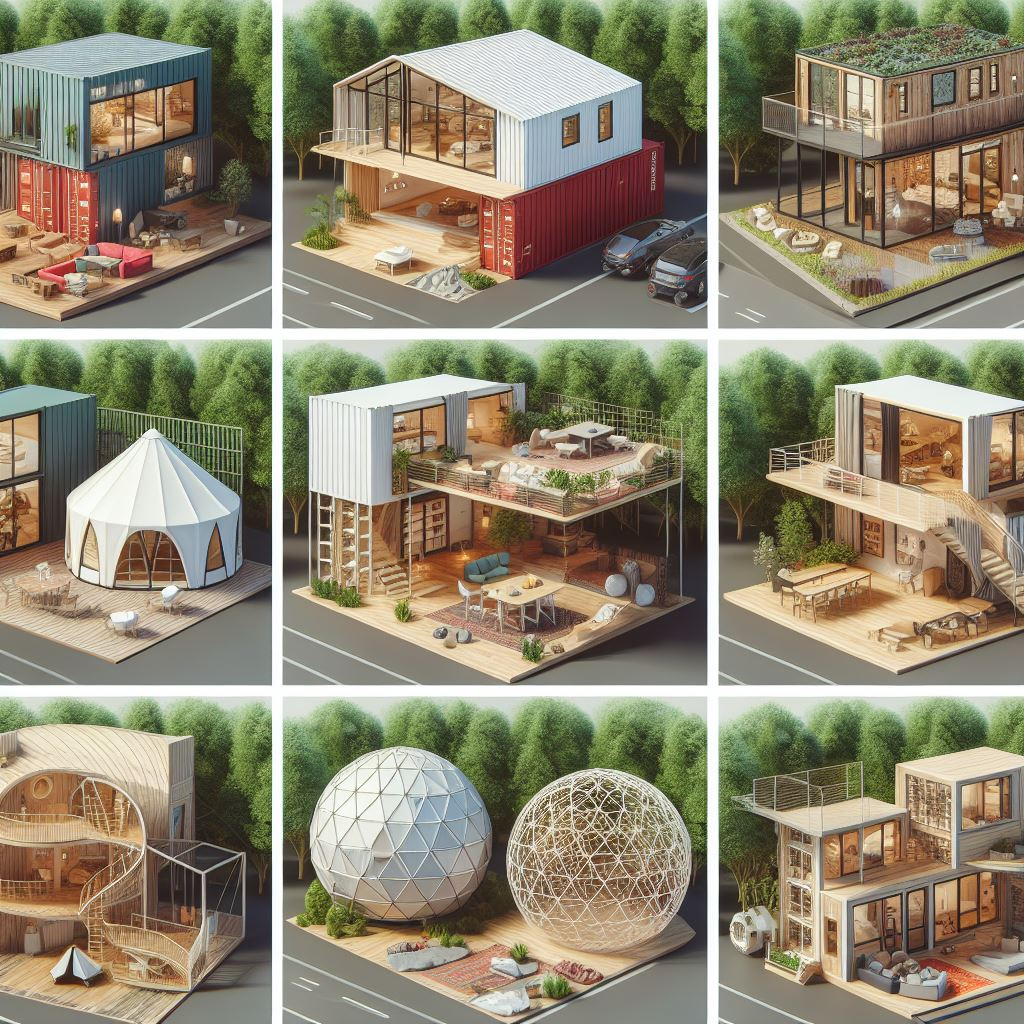Meet John Doe: From Renting to Tiny House Living
John Doe was once a city-dweller, living in a rented apartment and working a 9-to-5 job. However, he yearned for a life of financial freedom and simplicity. His journey led him to the world of alternative housing, specifically tiny houses. Today, he shares his experiences and insights to inspire others to embrace this liberating lifestyle.
The Financial Burden of Traditional Housing
Traditional housing, whether it’s owning a home or renting an apartment, can be a significant financial burden. Homeowners are often tied down by hefty mortgage payments, property taxes, and the ongoing costs of maintenance and repairs. Renters, on the other hand, face the challenge of rising rents and the inability to build equity over time. This financial strain can limit one’s ability to save, invest, or pursue other financial goals.
What is Alternative Housing?
Alternative housing refers to any living arrangement that deviates from traditional, mainstream homes. This includes tiny houses, container homes, yurts, houseboats, and even converted vans or buses. These unconventional homes are often more affordable, eco-friendly, and adaptable to a nomadic lifestyle. They represent a shift away from consumerism and towards a more conscious, sustainable way of living.

The Rise of Tiny Houses
Tiny houses have emerged as a popular form of alternative housing. These compact homes, typically measuring less than 500 square feet, offer all the necessities of a traditional house but at a fraction of the size and cost. They appeal to those seeking a minimalist lifestyle, lower living expenses, and reduced environmental impact. The tiny house movement also fosters a sense of community, as tiny house dwellers often share resources and support one another.
Benefits of Downsizing Your Life
Downsizing to a smaller home like a tiny house can have numerous benefits. It can significantly reduce living expenses, freeing up income for savings, investments, or experiences. It can also lead to a simpler, less cluttered lifestyle, allowing more time and energy for hobbies, relationships, and personal growth. Moreover, downsizing can decrease one’s environmental footprint, contributing to sustainability.
How to Transition into Alternative Housing
Transitioning into alternative housing is a process that requires careful planning and preparation. It involves downsizing possessions, securing a suitable location for the home, and adjusting to a smaller living space. It may also involve learning new skills, such as basic carpentry or plumbing. Despite the challenges, many find the transition to be a rewarding journey of personal growth and discovery.
Real-Life Success Stories
There are countless stories of individuals and families who have successfully transitioned to tiny house living. These stories serve as inspiration and proof that a life of financial freedom and simplicity is attainable through alternative housing. They demonstrate the diverse ways in which people have adapted to tiny house living and the creative solutions they’ve found to overcome challenges.
Table: Comparing Traditional and Alternative Housing
| Aspect | Traditional Housing | Alternative Housing |
|---|---|---|
| Cost | High upfront and ongoing costs | Lower upfront and minimal ongoing costs |
| Maintenance | Time-consuming and costly | Minimal and affordable |
| Environmental Impact | High due to larger size and resource use | Lower due to smaller size and efficient design |
| Lifestyle | Often busy and cluttered | Simpler and more focused on experiences |



